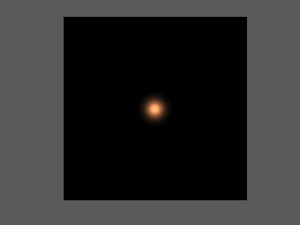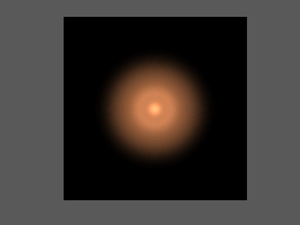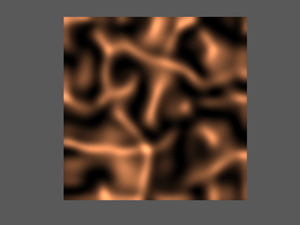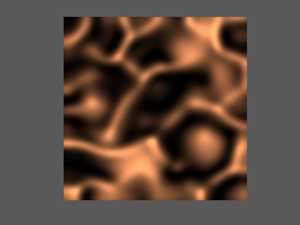Compared to more
commonly-encountered states of matter, Bose–Einstein condensates are
extremely fragile. The slightest interaction with the outside world can
be enough to warm them past the condensation threshold, forming a
normal gas and losing their interesting properties.
In 1999,
together with F.T. Arecchi and L. Castellanos, we have studied how an atomic
Bose Einstein condensate couples to a source of uncondensed atoms at
the same temperature and to a sink (modelling the extraction towards an
atom laser). The idealized description of BEC in terms of a
Gross–Pitaevsky equation no longer
holds. Under suitable physical
assumptions we show that the dissipative BEC obeys a Complex Ginzburg
Landau equation and for some parameter range it undergoes a space time
patterning (as shown below in the case of 7Li). As a consequence, the
density of BEC atoms within the trap displays non trivial space time
correlations, which can be detected by monitoring the density profile
of the outgoing atom laser. The patterning condition requires a
negative scattering length, as e.g. in 7Li. In such a case we expect a
many domain collapsed regime, rather than a single one as reported for
a closed BEC.
More details of the research can be found in the
following
article published in 2000.
Here is shown a movie (
animated GIF) corresponding to the snapshots shown
below (open BEC in the case of 7Li).
In the following pictures are depicted the density of the open
condensate when time evolves.




